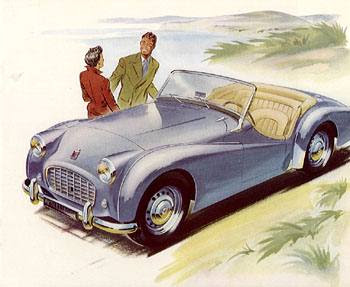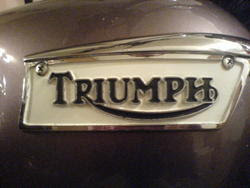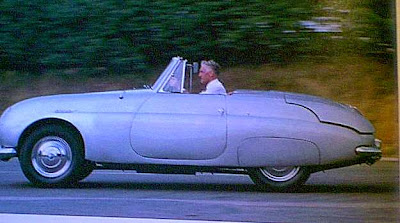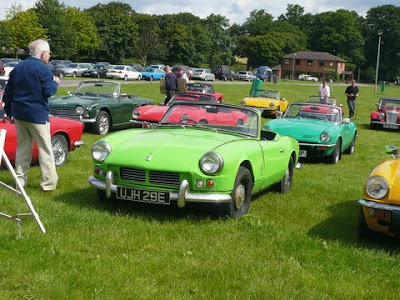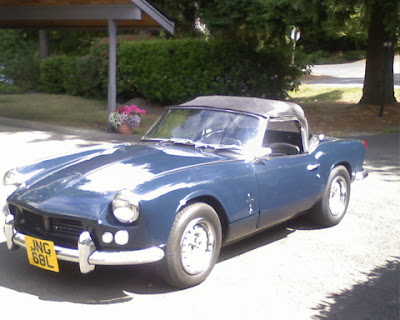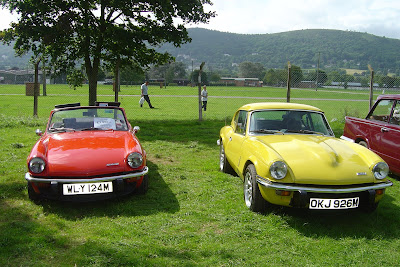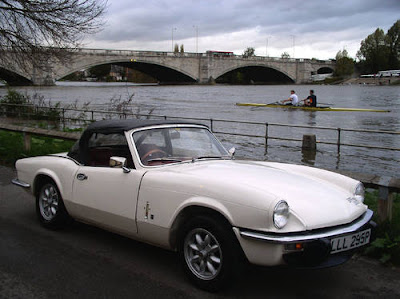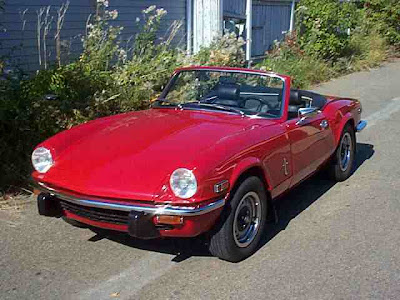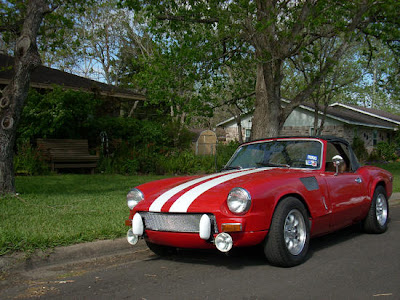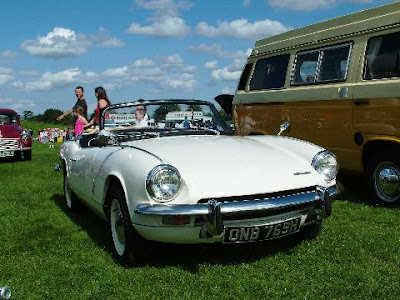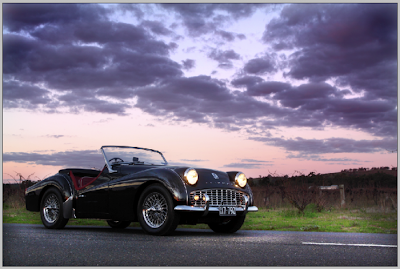
Triumph CarsTriumph Spitfire Cars - Triumph TR3APicture Of Triumph TR3A CarTriumph Cars ~ Triumph TR3A CarsTriumph CarsThe Triumph TR3A is a Triumph Cars sports car and was built between 1957 and 1962 by the Triumph Motor Company in the United Kingdom.The TR3A was a minor update from the TR3. The updates included the new wide front grill, exterior door handles, lockable boot handle and came with a full tool kit as standard (this was an option on the TR3).The total production run of the TR3A was 58,236. This makes it the third best selling TR after the TR6 and TR7. It is estimated that only 9,500 of the original 58,000 built survive in the world...













 9:12 AM
9:12 AM
 Goohara
Goohara








